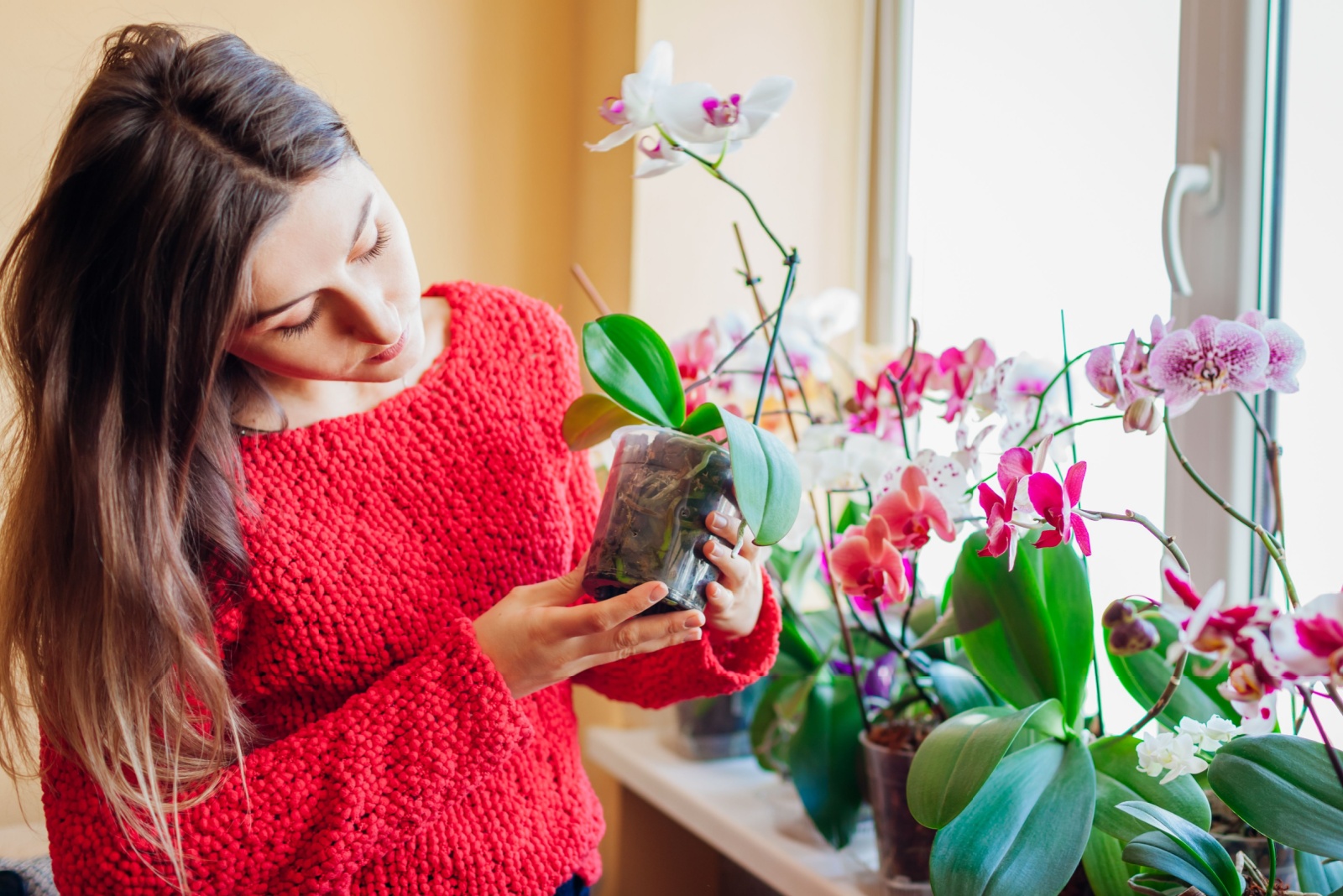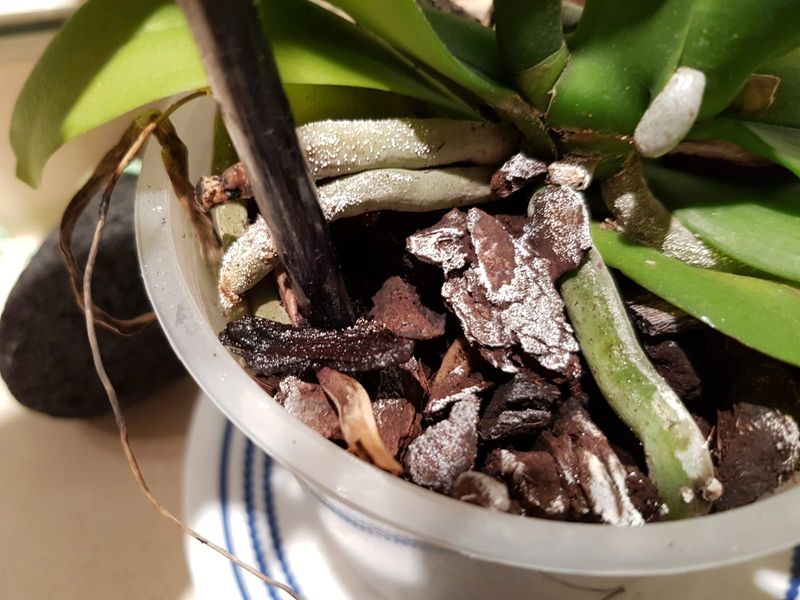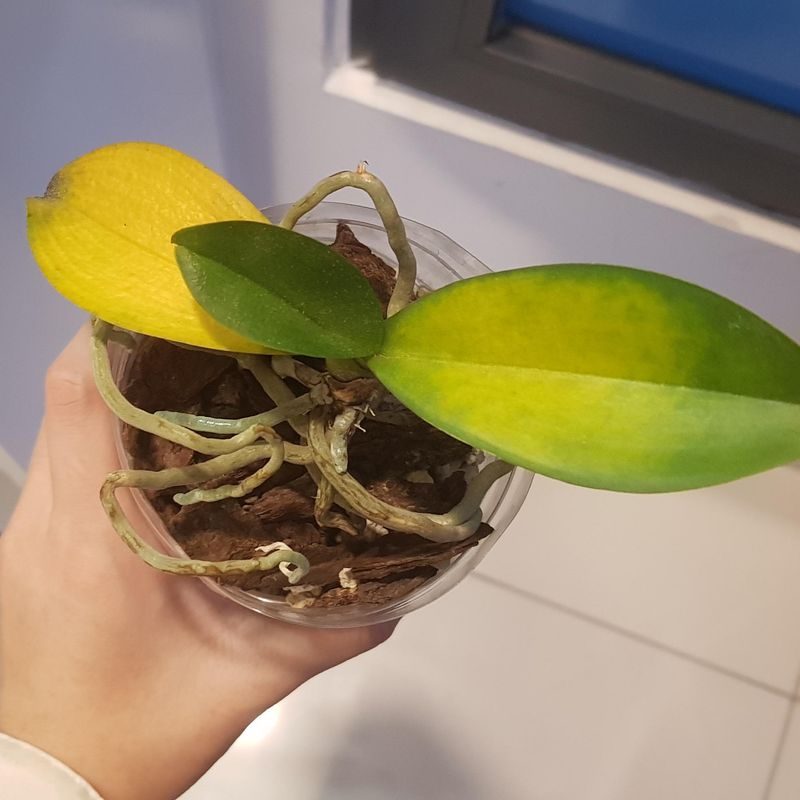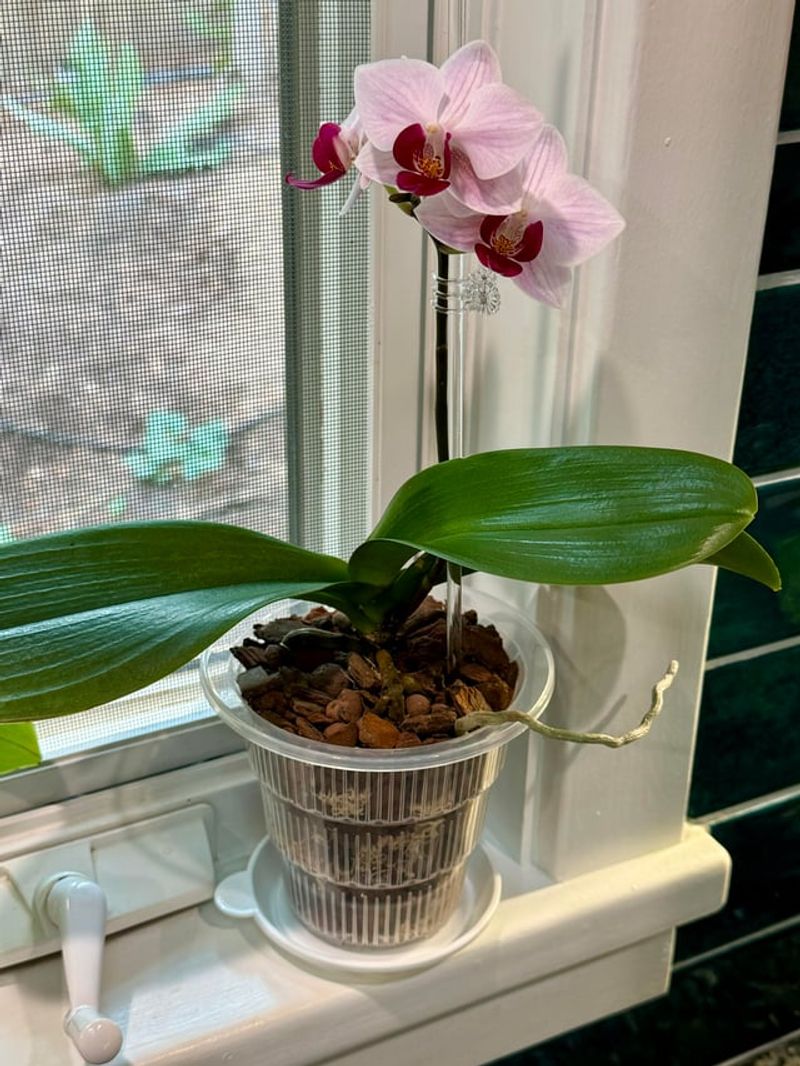I raise orchids with care, yet certain signs stop me in my tracks. I spot limp roots, dull leaves, or a sour smell, and I freeze. I know one wrong move can push a fragile plant over the edge. For years I rushed to feed every plant at the first hint of trouble, and trouble often grew.
Now I pause, trust my eyes, and avoid fertilizer until the storm passes. Orchids speak in quiet clues, and I finally tune in. My plants reward that patience with bright blooms and steady strength.
1. Brown Or Burnt Leaf Tips
You know that feeling when you realize you might have overdone something? That’s exactly what burnt leaf tips are telling you about your orchid. Those crispy brown edges mean your plant has already gotten too much fertilizer, and the salt buildup is causing damage.
Instead of adding more nutrients, flush the pot with plain water to wash away excess salts. Let your orchid recover for at least a month before even thinking about fertilizing again. Your plant will thank you with healthier, greener leaves.
2. White Crusty Buildup On Soil Or Pot
Have you noticed a white, crusty layer forming on top of your potting mix or around the rim of your pot? That’s not some mysterious fungus, it’s actually salt deposits from fertilizer that has accumulated over time.
This crusty buildup is a clear warning sign that your orchid is dealing with salt overload. Stop fertilizing immediately and give the roots a good flush with clean water. Consider repotting with fresh bark mix if the buildup is severe, and always remember that less is more when it comes to orchid food.
3. Roots Turning Black Or Mushy
Healthy orchid roots should be plump and silvery-green or white, so if yours are turning black and feel soft or mushy, something is seriously wrong. Damaged roots can’t absorb nutrients properly, which means adding fertilizer will only stress your plant further.
First, address the root problem by trimming away any rotted sections with sterile scissors. Make sure your orchid isn’t sitting in water and has proper drainage. Hold off on all fertilizer until new, healthy roots start growing again, which could take several weeks or even months.
4. Your Orchid Is Currently Blooming
This might surprise you, but when your orchid is showing off its gorgeous flowers, it doesn’t need extra food. The blooming phase is actually a time when your plant is focused on displaying what it already worked hard to create, not on growing new tissues that need nutrients.
Fertilizing during bloom can actually shorten how long your flowers last because it pushes the plant to focus on growth instead of enjoying its moment. Just water normally and enjoy the show. Once all the flowers have faded, that’s when you can start a gentle feeding schedule again.
5. Leaves Are Yellowing And Dropping Off
Yellowing leaves can mean so many things, from overwatering to natural aging, but one thing is certain: a stressed orchid doesn’t need fertilizer. Adding nutrients when your plant is already struggling is like asking someone with a fever to run a marathon.
Figure out what’s causing the yellowing first before you reach for any plant food. Check your watering routine, light levels, and temperature. Give your orchid time to stabilize and show signs of new growth. Only when your plant looks healthy and stable should you consider a very diluted feeding.
6. Recently Repotted Or Transplanted
Moving to a new pot is a big adjustment for your orchid, kind of like how you need time to settle in after moving to a new house. Fresh potting mix usually contains some nutrients already, and disturbed roots need time to heal and establish themselves before processing any additional food.
Wait at least four to six weeks after repotting before you introduce any fertilizer. This gives your orchid a chance to recover from transplant shock and start growing new roots into the fresh medium. Patience here really pays off with stronger, healthier growth down the road.







